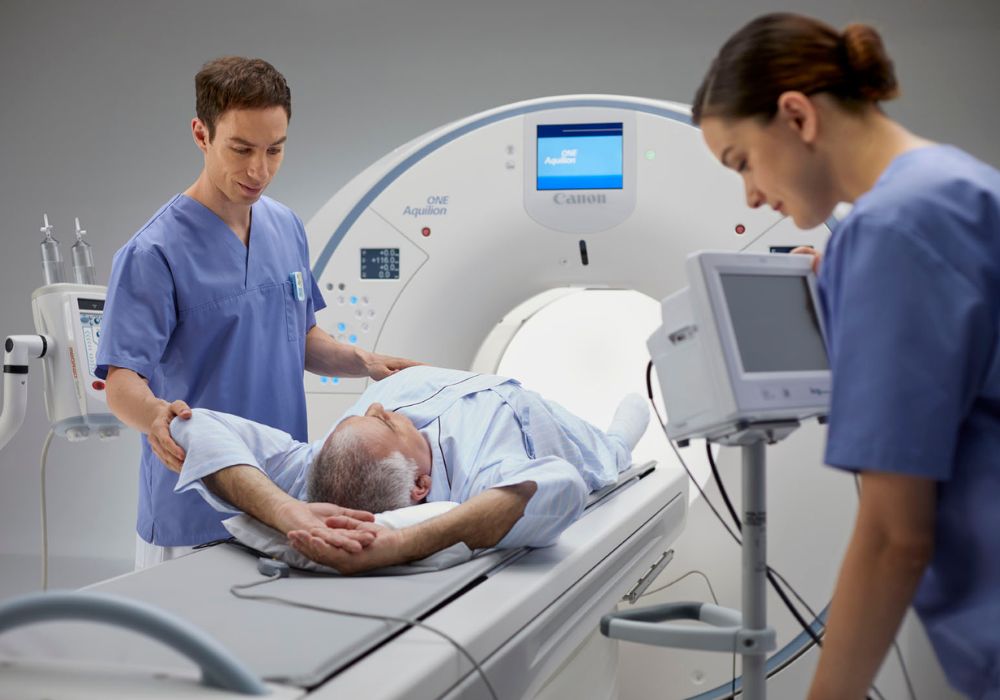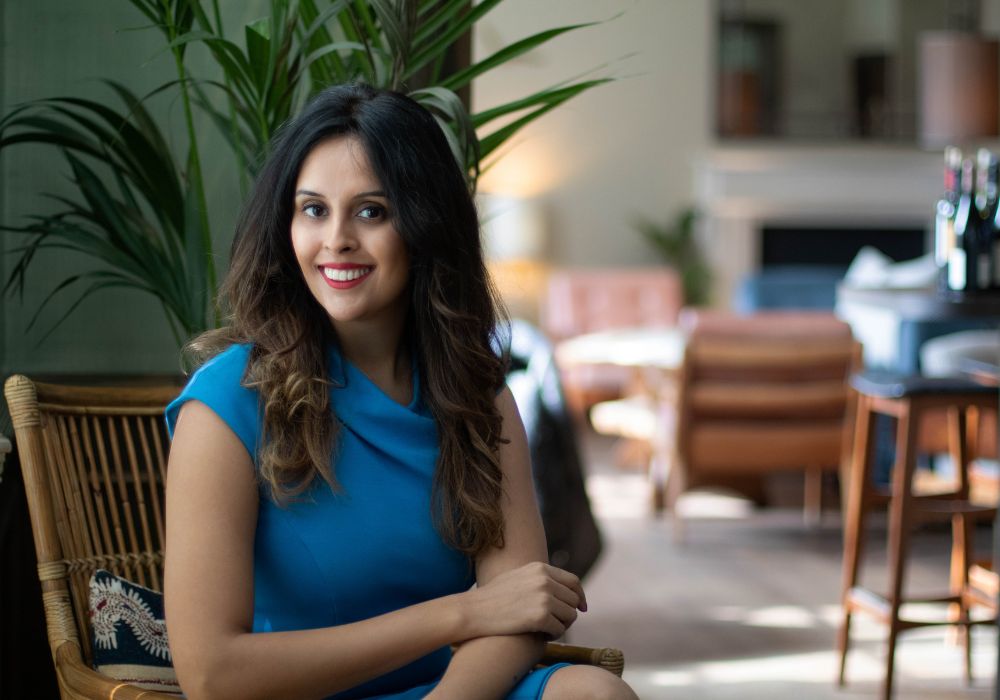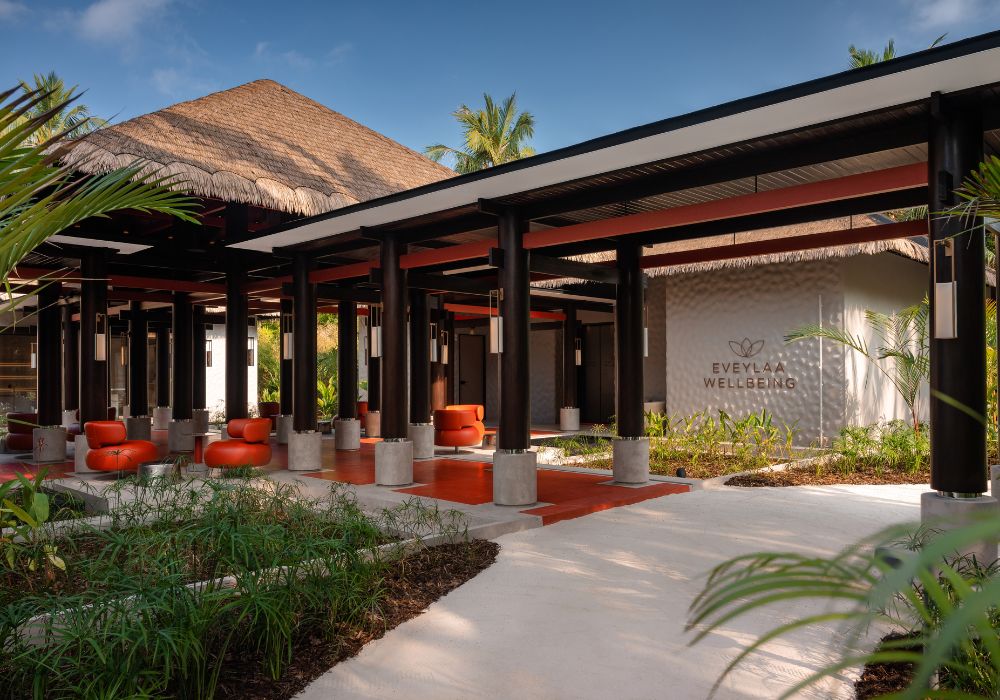Optimise Everything
Luxury Travel Lifestyle PR
From energising air quality to restorative sleep solutions, today’s luxury consumer deserves to experience wellness across all aspects of their life, says Harry Jameson
For the luxury consumer, a ‘well-lived life’ and ‘wellbeing’ are increasingly synonymous. A 2021 McKinsey study showed that today’s consumer views wellness across six dimensions, wanting to have better: health, fitness, nutrition, sleep, mindfulness and appearance.
The period of pandemic confinement, introspection and focus on health as wealth has resulted in a significant shift: to feel truly ‘well’ means ‘optimisation’, leading consumers to seek goods and services that will allow them to function at their very best at every life stage and no matter where they are in the world. As such, it is clearly beneficial – and increasingly essential – for brands and service providers to consider how the wellbeing of their clients can be enhanced throughout every touchpoint of the customer journey.
Over the past years, demand for effective and efficient wellness solutions with tangible benefits has led to reaching beyond medicine and supplements to include remote healthcare and personal health trackers; food that helps accomplish goals in addition to tasting good, including active ingredients such as adaptogens; and moving beyond traditional sleep medication to app-enabled individual sleep monitoring and sleep-enhancing products such as CBD drops, weighted blankets and white-noise machines.
Mindfulness has gained mainstream consumer acceptance with meditation-focused apps, studios and even virtual reality spaces. Appearance has also become even more important, from athleisure to beauty products (growth in sales of skincare leads the way significantly over cosmetics) and service-oriented offerings; non-surgical cosmetic procedures have been predicted to grow at a compounded annual rate of 10.4% between 2022 and 2027.
The market was calling for elevated wellness services beyond the traditional offerings and spaces before the pandemic, but now more than ever. There is a clear gap in the luxury market for providing high-quality wellness environments that go beyond the gym or spa and allow individuals to optimise themselves throughout their day-to-day lives, from home to work to holiday.

Eighty per cent of gyms in the hospitality sector remain ‘unmanned’, typical of fitness and wellness spaces often designed for form over function. Hotel bedrooms are not optimised for restorative sleep when one considers noisy elements such as mini bars and air-conditioning units, the distraction of a TV or non-tactile textures and materials used in the design and furnishings.
At the same time, members’ clubs and hotels are on the rise, the global corporate wellness market is growing rapidly and demand for high-quality health-focused F&B is not being met. People want to be accountable for their progress and be able to track it. The consumer shift goes beyond physical and mental maintenance, to restoration and revitalisation that can be measured and celebrated.

A 2020 Ogilvy survey of 7,000 consumers from 14 countries found that 67% of respondents said there should be more wellness options, regardless of what they were shopping for, and that 52% expect cars, banks and airlines to offer these. Ogilvy identified that ‘wellness has created new conversations, new expectations, new purposes’ and that it ‘has seen companies pivot their strategy, business and portfolio’.
For example, Singapore Airlines introduced healthy menus to its inflight offering, partnering first with wellness retreats Canyon Ranch and then Golden Door to provide nourishing menus on board, created especially to alleviate travel-induced stresses, such as fatigue.
It is also important to consider what wellbeing looks like for your brand and your consumer to avoid gratuitous additions or ‘wellness washing’. It doesn’t have to be big, but it should be authentic, and could be as simple as looking at how to make the client journey, whether physical or digital, more mindful.
As such, early-stage collaboration between designers, operators and wellbeing experts is key to ensure that these elements work together to engage and evolve with the optimisation wave. Hospitality – and luxury service providers generally – should consider taking the concept of wellbeing beyond traditional spaces such as the spa and the gym. Think about how spaces can be designed, transformed or programmed for those looking to optimise their wellbeing. Could boardrooms energise delegates through ergonomics, air quality and the food provided? Might transport be restorative? Could bedrooms optimise circadian rhythms through lighting and temperature and kitchens enhance the nutritional benefits of the cuisine they produce via new ingredients or supplements?

Building communities – both in person and online – is another way to incorporate wellbeing amongst like-minded consumers. Providing opportunities to connect and share ideas enhances wellbeing and brand loyalty; examples include programming such as talks and tutorials with relevant and inspiring individuals (that can then be shown online for even-further reach), providing reward schemes such as early or exclusive access to products and services, or – where relevant – setting member fitness challenges.
If in doubt, outsource. Partnerships are a great way for luxury brands and service providers to access synergistic audiences and wellbeing expertise without having to start from scratch or undertake huge costs themselves. From products to practitioners, start a conversation about how to make wellbeing central to brand ethos and bring it to the end consumer.
As the definition of what it means to be ‘well’ evolves, it is clear that luxury brands, whatever the sector, need to step up to meet this demand throughout the customer journey for an increasingly mindful and savvy audience. In considering this growing client need, creating functionally fit, optimised spaces and services that tangibly enhance quality of life for today’s consumer surely guarantees the health of both individuals and businesses for tomorrow.
–
Harry Jameson is a wellbeing expert, entrepreneur and CEO of Pillar Wellbeing, a service provider targeting sophisticated, health-curious individuals who wish to optimise today and future-proof tomorrow through the three core pillars of Movement, Nourishment and Recovery.Paired with the very best facilities and health tech, Pillar aims to offer clarity in a saturated space, measuring and delivering bespoke data-led programmes within hotels, residences, workspaces, members’ clubs and bespoke retreat offerings. Its goal is to empower clients to enhance their life in observable and quantifiable ways, with a focus on preventative health, personal optimisation and happiness.
Luxury Travel and Lifestyle PR
Continue reading
Crafting Connections: How to Communicate with a Multi-Faceted Luxury Consumer
Luxury Travel and Lifestyle PR

